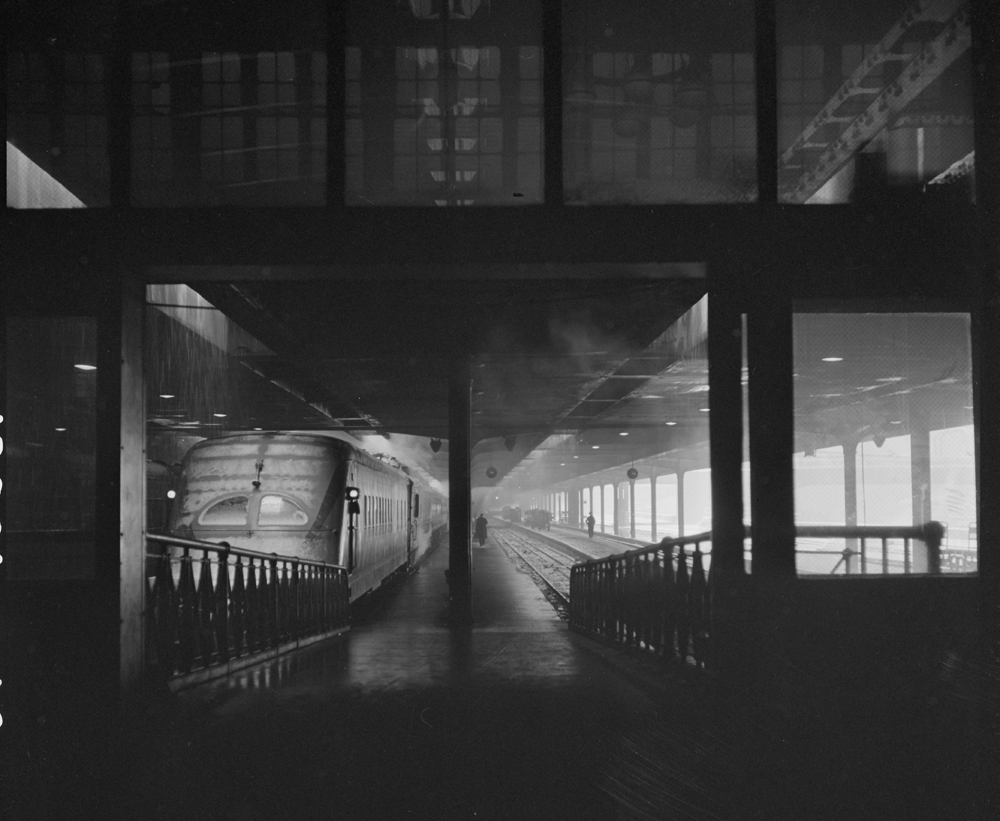
Breakdown of Streamliners What are streamliners? Essentially, it’s a sleek design for lightweight passenger rail equipment that once had a faster schedule with fewer stops than other trains on the same route. They often included nicer amenities like stewardess service, reserved coach seating, barber shops, and libraries. Before 1970, three major manufacturers built passenger cars […]
Read More…
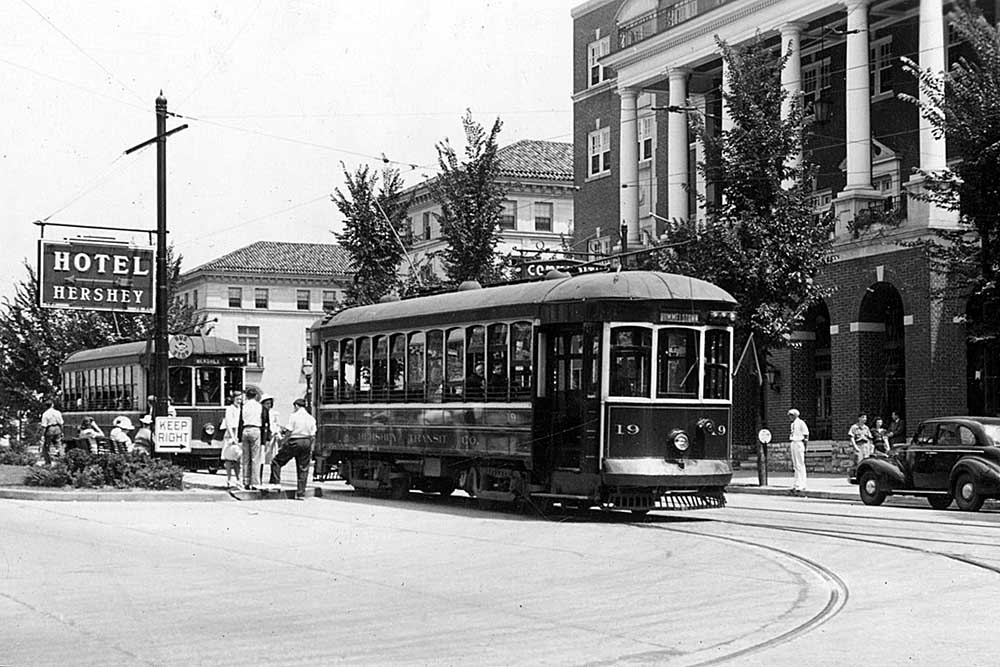
Readers of the Mileposts blog hardly need be sold on the close connections between the holiday season and trains, especially in memory. From traveling home by train to see loved ones to seeing snow flying outside the window of a dining car to watching Lionel trains race around a department store window, this season is […]
Read More…
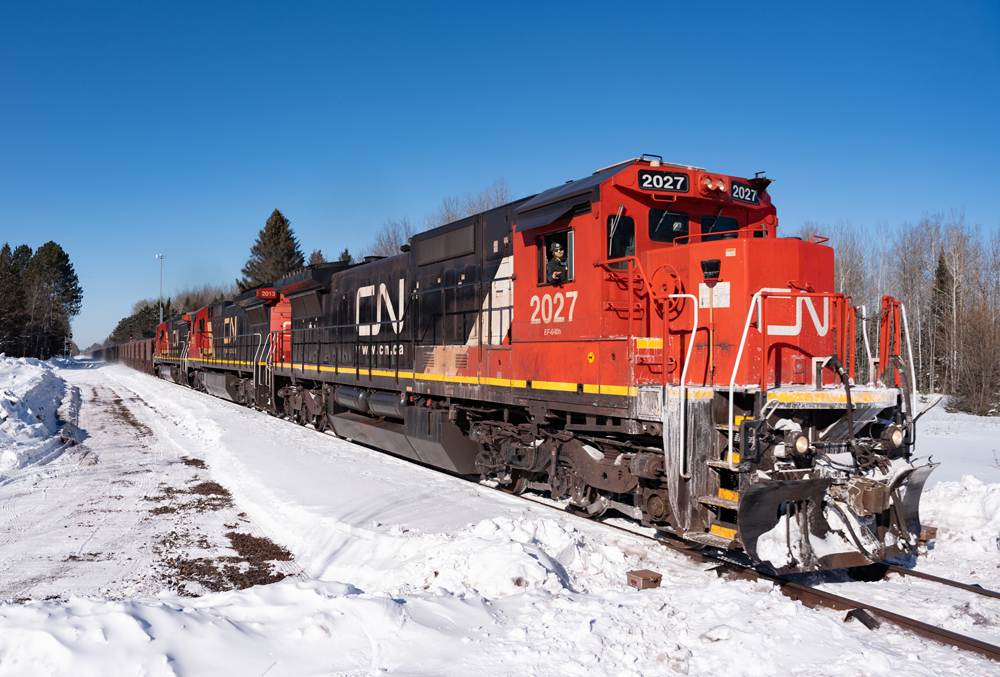
Endangered Class I locomotives Endangered Class I locomotives in 2024: Locomotive fleets are always in a state of evolution. Changes such as new power purchased, older locomotives rebuilt, returned off lease, stored, or retired are always happening. Interest is always piqued when the last of a model is ready to exit a roster. Observers […]
Read More…
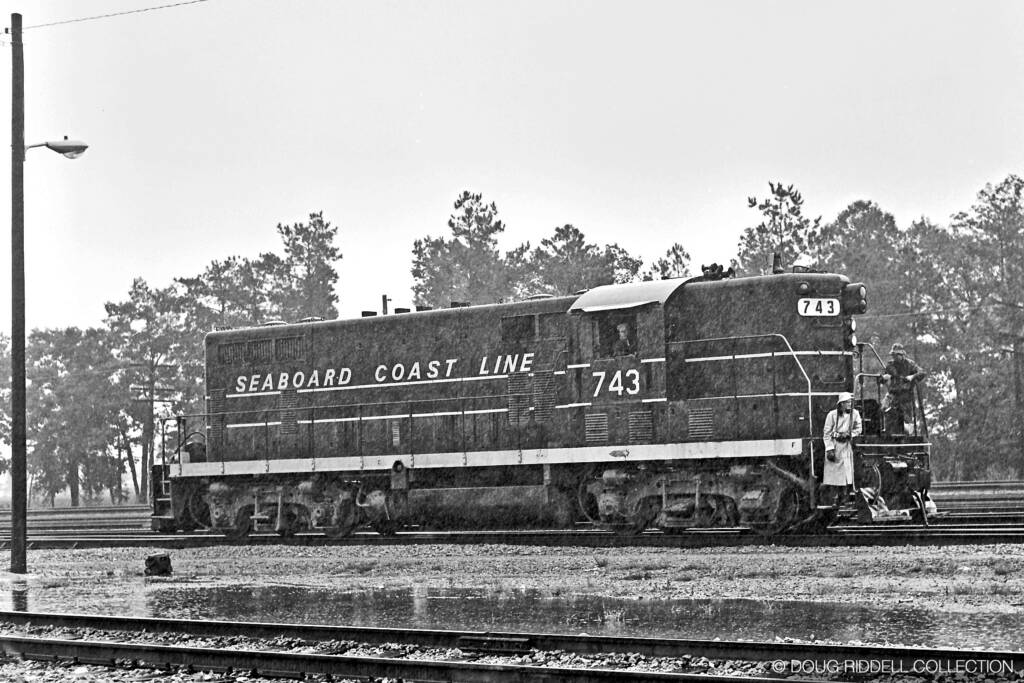
This is a picture worth a thousand words. For decades, artists and photographers awed us with images of mighty locomotives scorching the high iron with hundreds of passengers or thousands of tons of freight in tow. The sun shines brightly as the wind blows the hair of the fearless engineer, perched on the armrest. The […]
Read More…
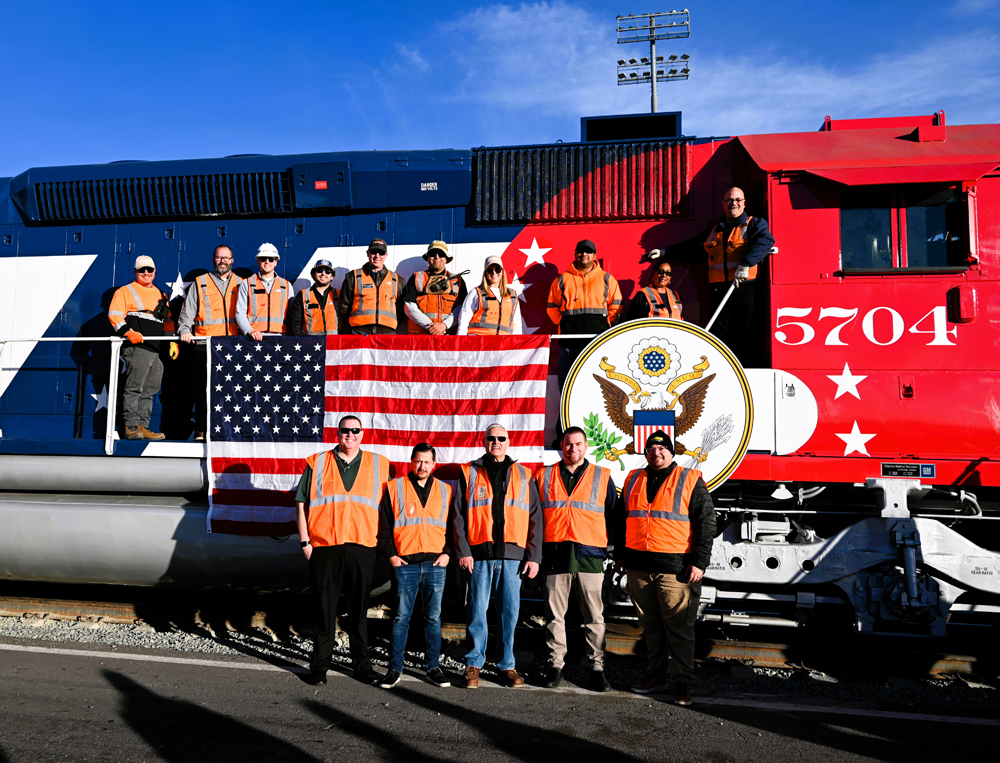
BNSF Railway and J.B. Hunt To honor fallen veterans during the holidays a number of companies regularly partner with Wreaths Across America to deliver wreaths for placement on headstones. Among them are BNSF Railway and J.B. Hunt Transport Services. This year the two transportation giants together moved 46 container loads of wreaths — that’s 314,000 […]
Read More…
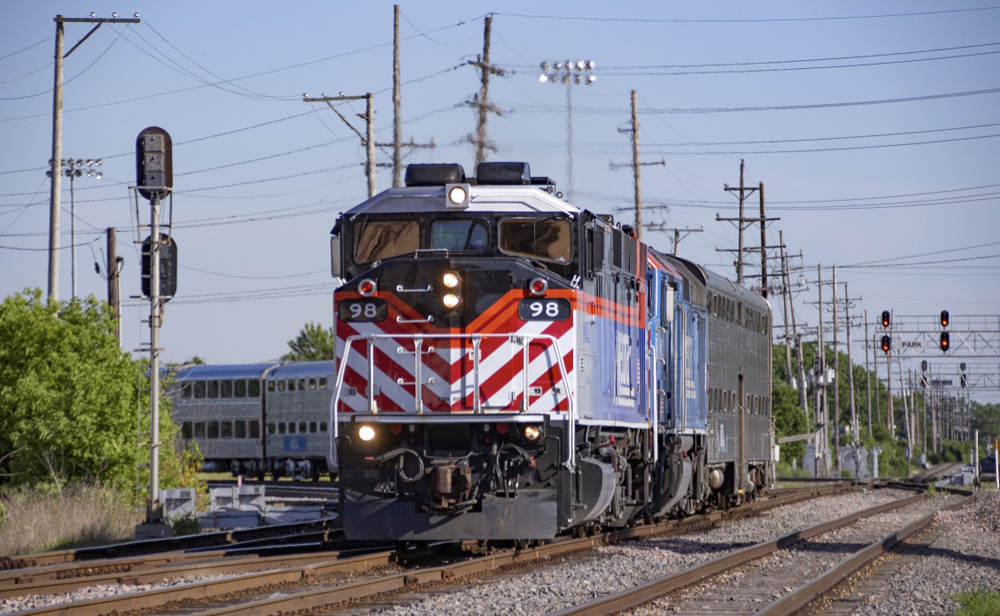
Metra It’s likely many passengers don’t realize commuter rail operator Metra serves Chicago O’Hare International Airport. But then, “serves” may be generous. What the commuter operator provides is more akin to a cameo appearance. In 2022, the airport handled almost 664,000 commercial flights and more than 68.3 million passengers. Metra addresses this with 12 trains, […]
Read More…
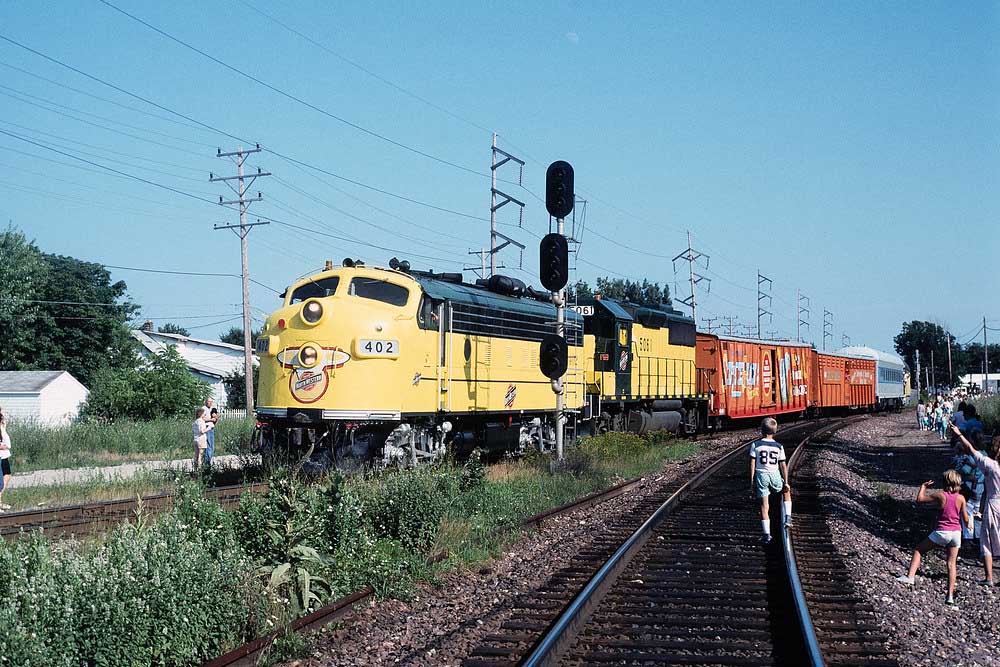
In the steam age, most Chicago & North Western locomotives burned coal, but those assigned to divisions west of the Missouri River were oil burners; in addition, the four Pacifics rebuilt for the 400s were converted to oil. One group of light Pacifics was fitted with special grates for burning lignite, a low-grade coal. […]
Read More…
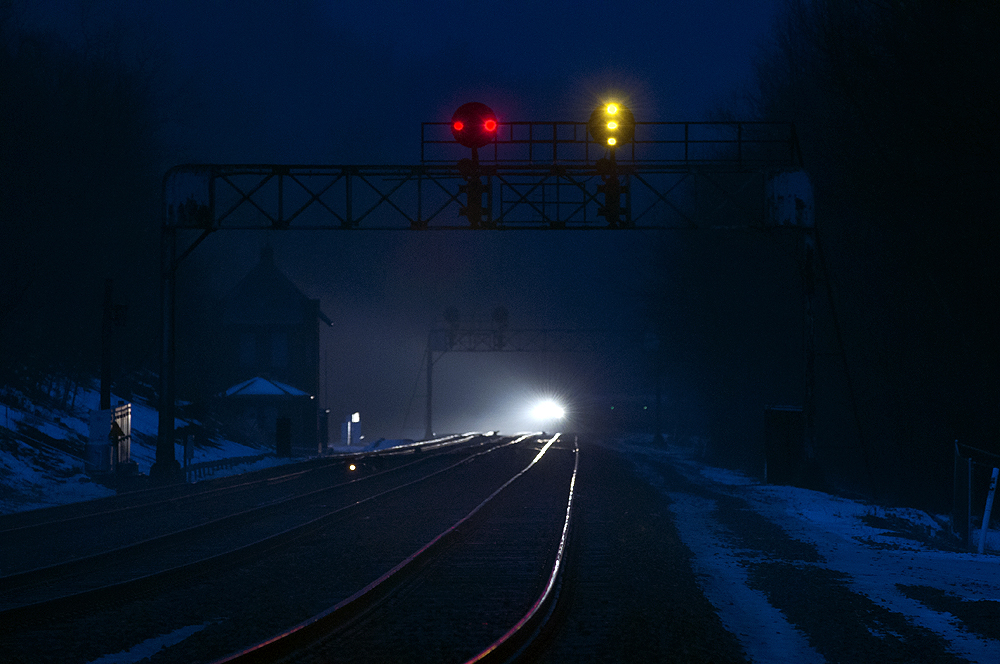
Railroading tools Railroads are fixed-guideway systems for transporting goods or people. Its basis is the low friction, and hence high efficiency, of a hard wheel rolling on a hard surface. They are made up of many elements: people doing different jobs, and hardware for them to use. The jobs range from laborer to strategic planner. […]
Read More…

What was your first byline in Trains? Blair Kooistra: It was a short, totally unsolicited book review on the softcover photography title “Railroading West: A Contemporary Glimpse,” written by Jeff Brouws and Ronald Hill, appearing in the October 1976 issue. I was an impressionable 16 1/2 years old, and was blown away by the photography […]
Read More…
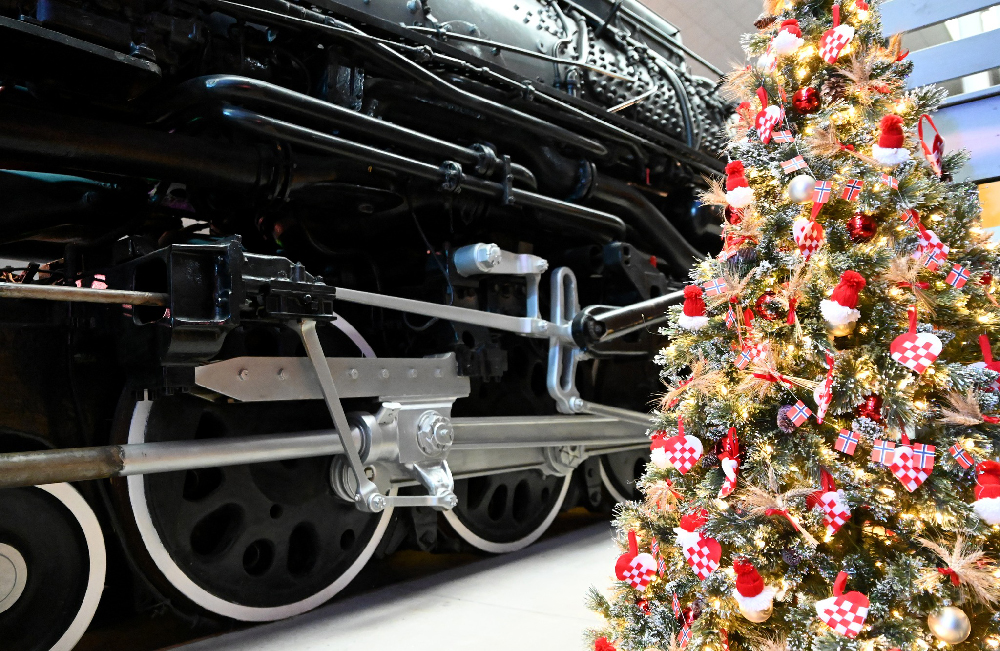
Christmas and trains — they go hand-in-hand, just like stockings hung by the fireplace with care or the trip over the river and through the woods to grandma’s house for Christmas dinner. The foremost Christmas and trains connection is that of holiday travel and the toy train around the Christmas tree. Both have historic and […]
Read More…
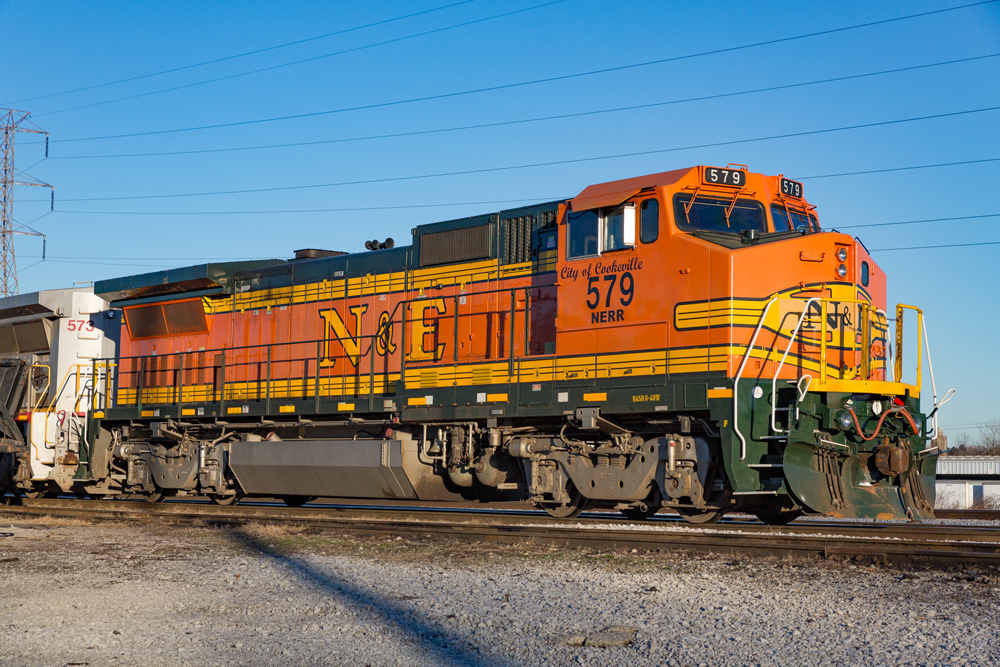
Santa Fe Super Fleet Virtually anyone these days with an interest in the industry knows what the term Super Fleet means. It’s the iconic red-and-silver warbonnet paint scheme worn by new Santa Fe locomotives during the twilight of the company’s existence. First applied to a Santa Fe locomotive in the late 1930s, the design graced […]
Read More…
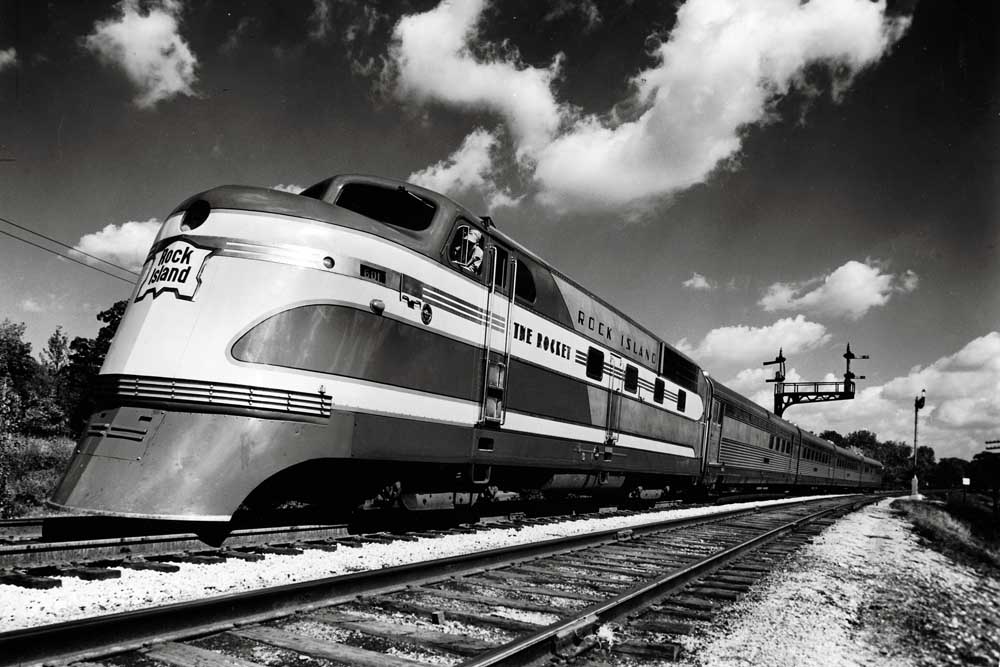
The EMC TA diesel locomotive was an early passenger diesel and a Rock Island oddity. If it looks and sounds like an early EMC E-series streamlined diesel passenger locomotive, there is a good chance it is. But don’t bet the family farm. The locomotive in question is the EMC TA diesel, a […]
Read More…












